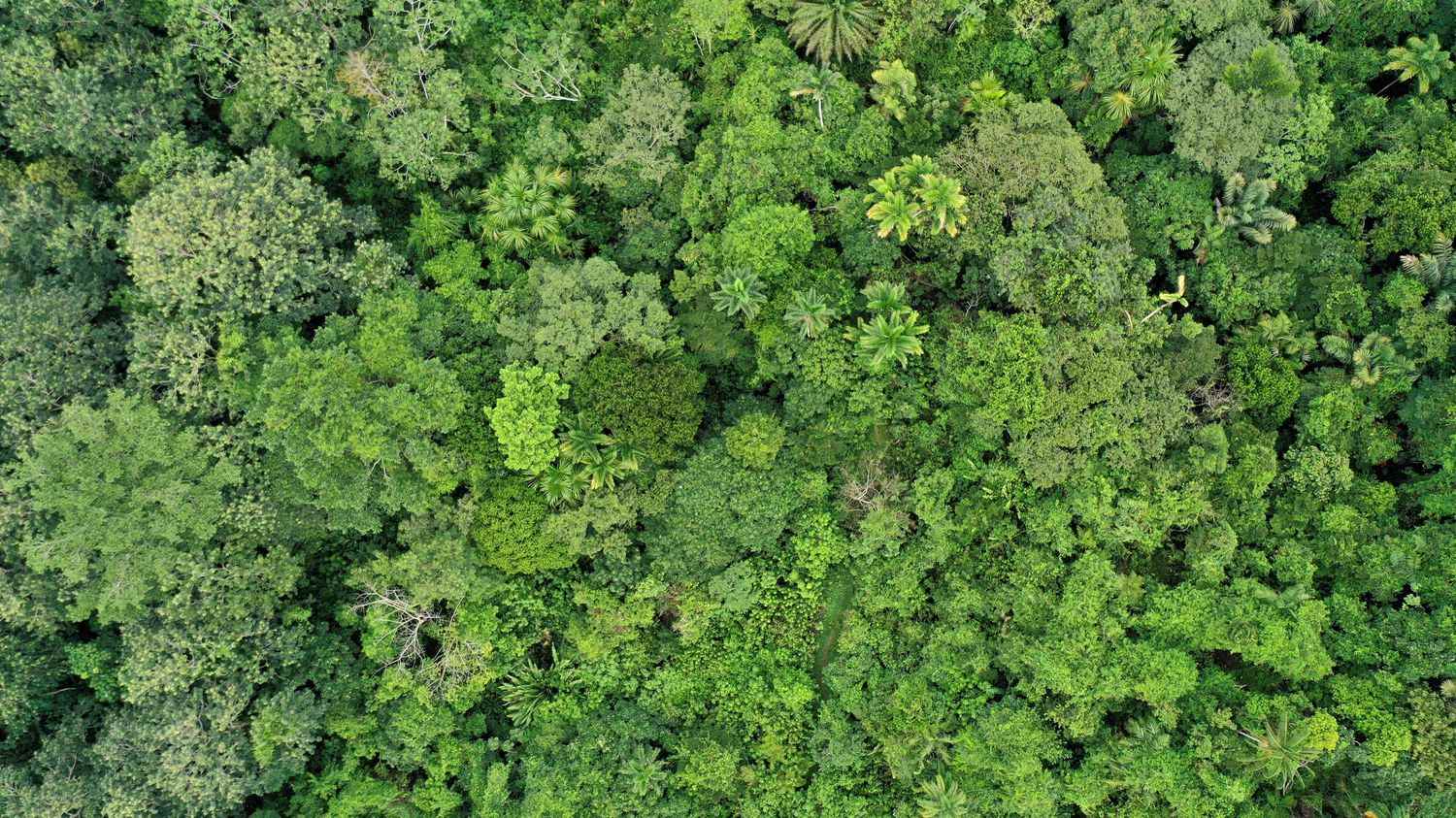For the first time, two large-scale scientific studies provide a precise idea of plant diversity throughout the world.
Article written by
Posted
Reading time : 1 min.
It is completely new work. Work on plant diversity offer us an unprecedented inventory of the plants of our planet. “It’s as if we were drawing for the first time a map of the world with the detail of the plants and trees that grow in each region”, explains Bruno Hérault, research director at Center for International Cooperation in Agricultural Research for Development (CIRAD) of Montpellier and co-author of these publications.
In the first study, 250 scientists from 50 countries pooled their data on more than one million forest plots, covering 97% of the world’s forest area. They confirmed that the closer you get to the equator, the more trees there are per hectare. This goes from 200 trees per hectare in the Amazon to four trees at 50 degrees north or south of the equator. But their work above all makes it possible to see that it is not only the climate and the latitude that influence the density of the forests. The relief, the nature and the acidity of the soil and the impact of the activities are just as important as the climate.
In addition, another surprise: certain areas of Europe contain as much plant diversity as the Amazon. By analyzing the content of 170,000 plots of vegetation, trees and plants, all over the world, the authors of a second study published in Type of communication found that very small squares of vegetation of 400m2 located in the steppes of Siberia, or certain alpine zones present a level of biodiversity similar to that of the Amazonian forest.
This is unexpected because until now the studies (carried out on larger areas of one or more hectares) did not make it possible to realize that in Europe, but also in Asia or Australia, plant diversity can be concentrated on d also small surfaces.
This kind of discovery can be used first to better position parks and nature reserves to protect a maximum of plant species. Then, better knowing the rules of plant biodiversity, better understanding how different plant species can cohabit in such and such a place, is also very valuable for revegetating new spaces and adapting to climate change.
